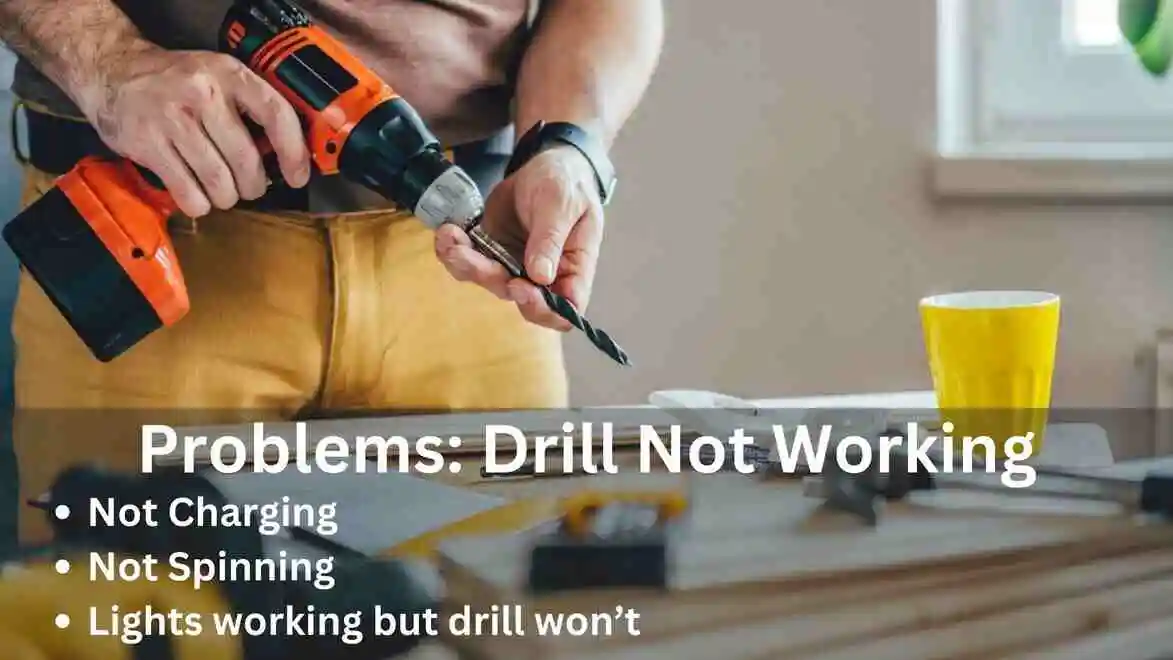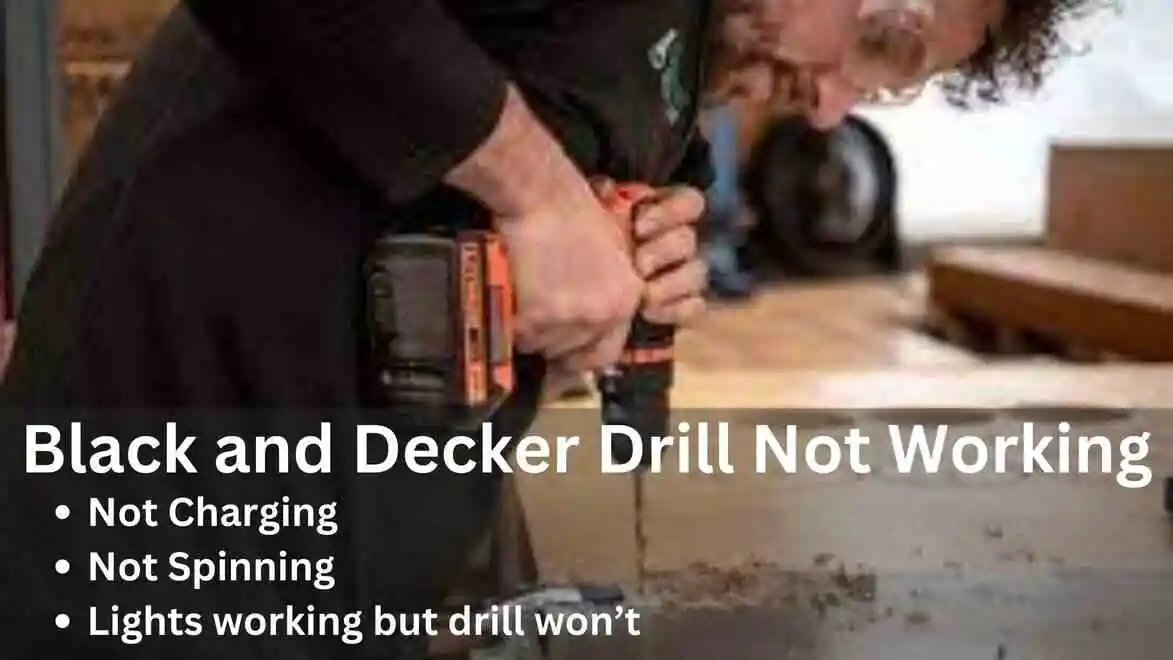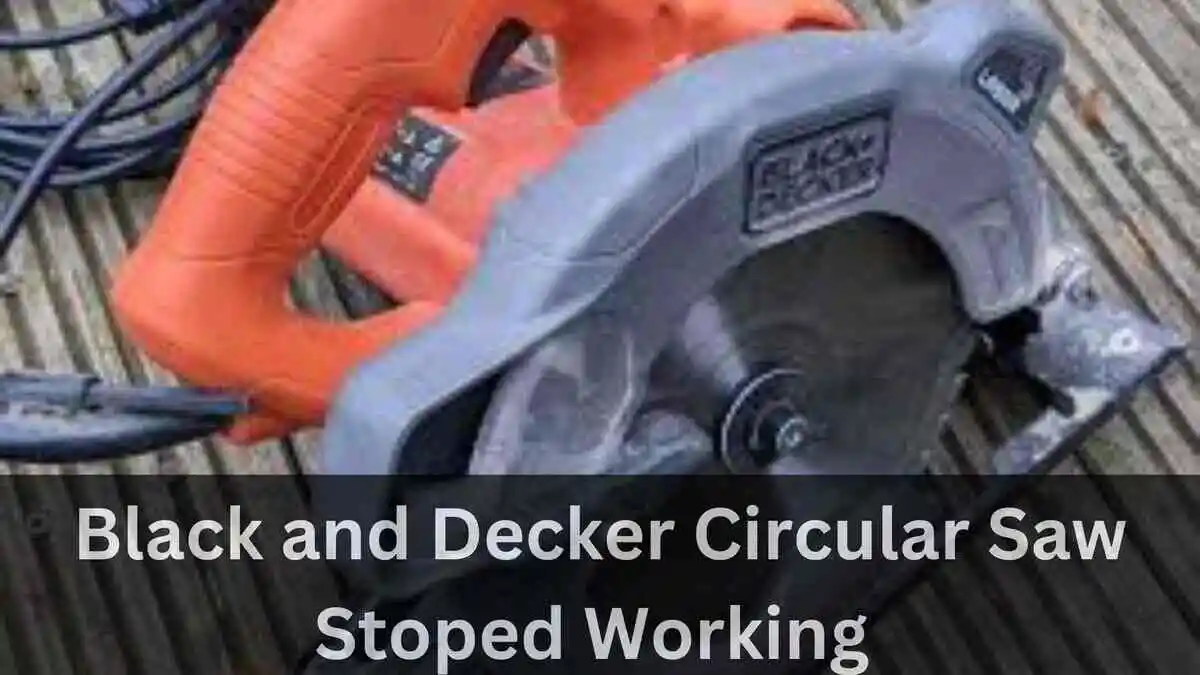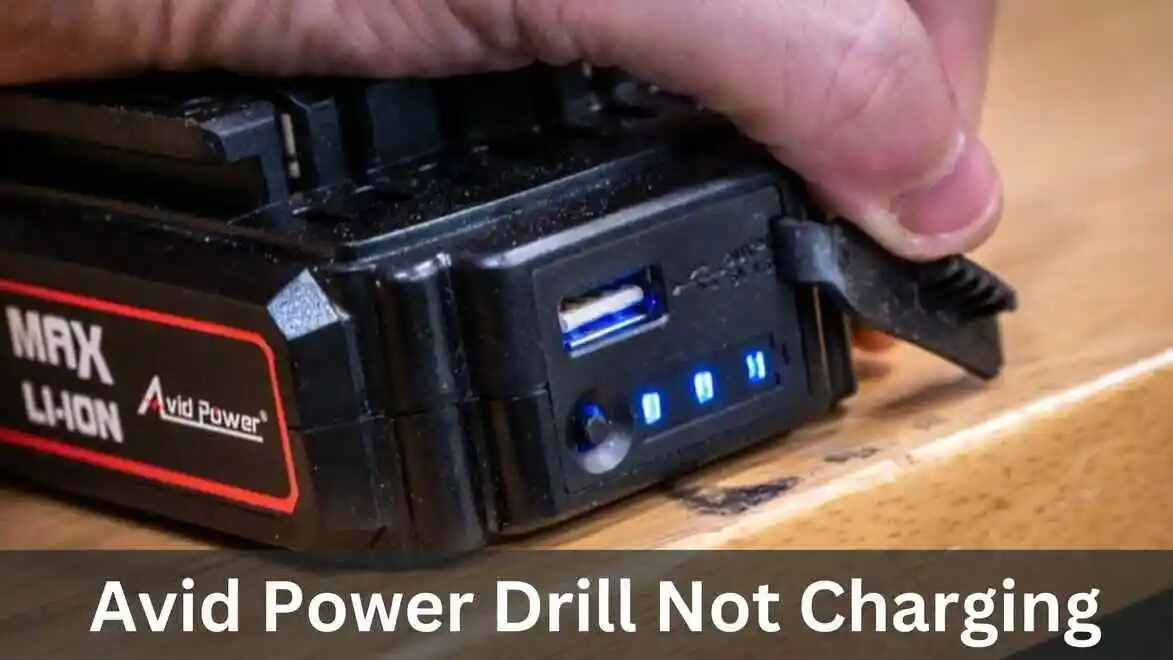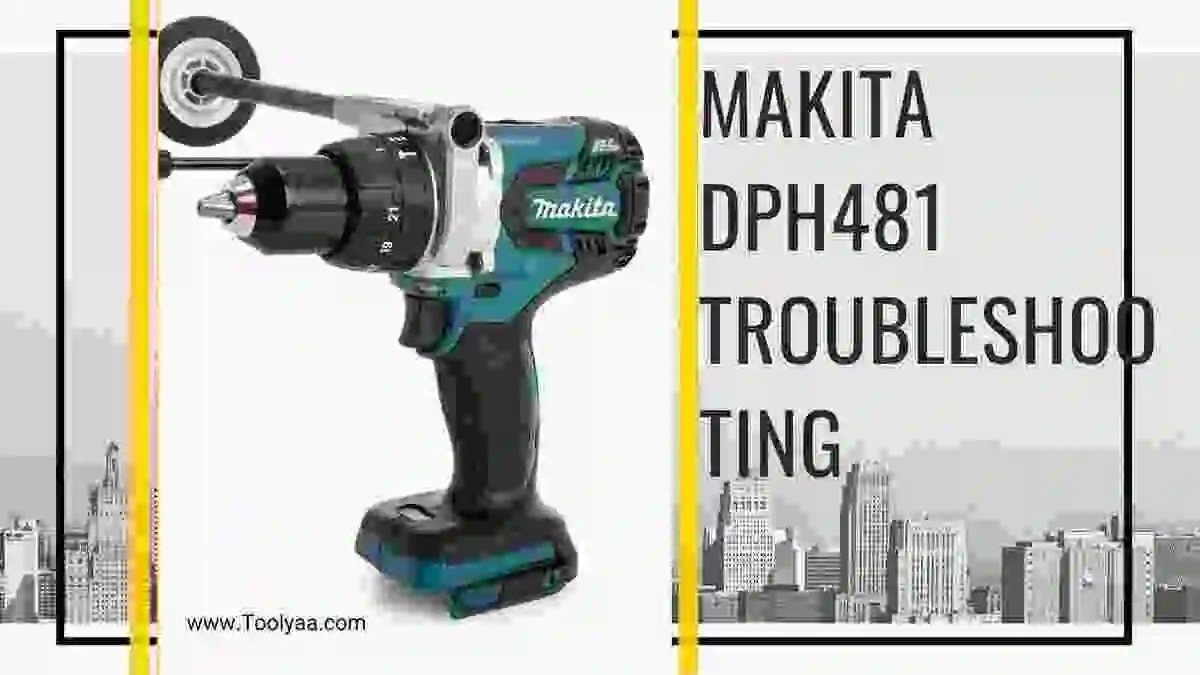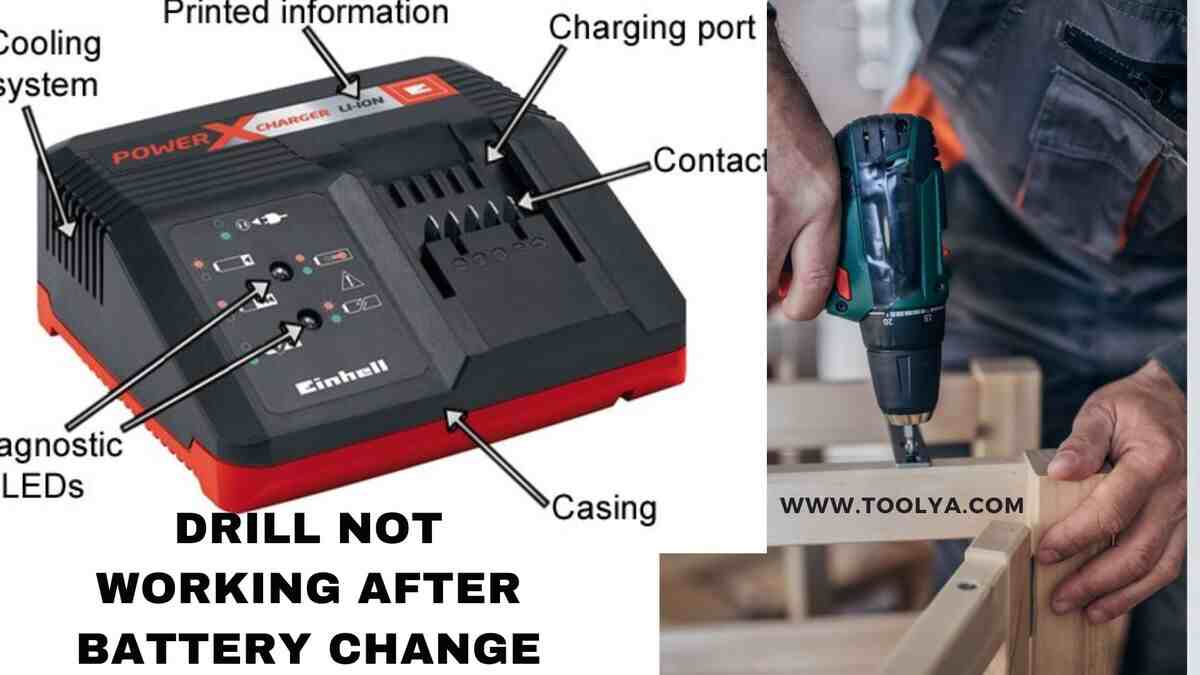Cordless drills are indispensable tools in the world of DIY and construction. They make drilling and driving tasks more convenient, but like any equipment, they can develop issues that hinder their performance. The common power drill problems include; not turning on, overheating, not charging and other related problems.
In this guide, we will explore some common cordless drill problems and provide you with practical solutions to fix cordless drill not working.
First Thing First:
Early Problem: If you’ve recently purchased your drill and encounter issues, it’s essential to consult the user manual for troubleshooting guidance. If the problem persists and there’s a refund policy in place, consider returning it within the specified period for a refund.
If the refund period has lapsed, and the drill is still within its warranty period, it is advisable to claim warranty coverage if applicable.
Lifespan: The drill typically has a lifespan ranging from 8 to 25 months, depending on the price tag, assuming a usage of 26 hours weekly. If you have surpassed this usage duration, it is recommended to consider purchasing a new drill machine for optimal performance.
Common Cordless Drill Problems:
Here are the causes if your cordless drill stopped working and let’s troubleshooting cordless drill issues.
1. Overheating:
Your cordless drill becomes excessively hot during use. This over heat can damage the armature. and as a result the drill will stop spinning as you are using it. For this problem there can be following reasons:
Incorrect Drill RPM is a prevalent cause of overheating. The drill’s RPM should be determined based on the drill diameter and the material being drilled. As a general guideline, the larger the diameter of the bit and the harder the material, the lower the drill RPM should be.
Continuous drilling without breaks can also contribute to overheating. It is crucial to take breaks between drilling sessions to allow the drill to cool down.
Broken bits pose a risk of damaging both the workpiece and the drill, leading to overheating. Promptly replace broken bits to prevent such issues. For this you should have to carefully secure the chuck.
Dirty carbon brushes can also be a culprit in drill overheating. Inspect the carbon brushes for any dirt or changes in color. If they are dirty, use a contact cleaner to clean them, ensuring reliable drill operation.
2. Drill is Stuck in Forward or Reverse:
The drill is stuck in either forward or reverse mode and won’t switch.
Check the Switch and Gearbox: Inspect the switch for any visible damage or wear. Additionally, assess the gearbox for signs of damage or wear. If either component is faulty, replacement may be necessary.
3. Drill Won’t Start:
You press the trigger, but the cordless drill won t start. For this problem there can be the overheating cause as mentioned above. And also it can be related to;
Battery Issues: If the drill is cordless, a potential reason for it not starting could be a dead battery or improper connection. Ensure that the battery is fully charged and securely connected to the drill.
Trigger Switch Issues: Malfunctioning or dirty trigger switches can prevent the drill from starting. Clean the switch using a contact cleaner or consider replacing it with a compatible replacement switch mechanism.
Carbon Brush Issues: If the drill is equipped with carbon brushes, they may be worn out or dirty, leading to startup issues. Inspect the carbon brushes for any dirt or changes in color. If they are dirty, clean them with a contact cleaner or replace them with compatible brushes.
4. Battery Life is Short:
The drill’s battery doesn’t hold a charge for long.
Battery and Charger Assessment: Verify that both the battery and charger are working correctly. If they are, consider replacing the battery if it’s old or damaged.
5. Battery Won’t Charge:
When a drill battery refuses to charge, various factors may be contributing to the issue. Here are some common reasons and potential solutions:
Wrong Charger: Using an incorrect charger can hinder the battery from charging. Confirm that you are using the charger recommended by the manufacturer specifically for the drill battery.
Faulty Charger: A malfunctioning charger can also result in a battery not charging. Examine the charger for any signs of damage or wear. If the charger is not operating correctly, it might need replacement. Check your drill voltage to buy a compatible drill charger.
Dead Battery: If the battery is not charging, it could be dead. Evaluate the battery on an alternate charger to determine if it is indeed the cause of the problem.
Charging Port: The charging port on the drill or the charger itself may be the culprit. Ensure that the charging port is clean and free of any debris that could impede a proper connection.
6. Noisy Drill:
Your drill is making more noise than usual. this might be caused by following reasons.
Check the Chuck: A loose or worn chuck can contribute to increased noise levels. Inspect the chuck for damage or wear, and tighten it securely if needed.
Worn-out Carbon Brushes: If your drill is equipped with carbon brushes, it’s possible that they may wear out over time. Enhance performance and minimize noise by replacing them with compatible brushes.
Dirty Brushes: Malfunction and excessive noise can result from dirty brushes. Ensure reliable operation by cleaning the brushes with a contact cleaner.
7. Chuck is Jammed:
A drill machine chuck can become jammed for various reasons. Here are some common causes and potential solutions:
Examine the chuck for damage or wear. If you find debris inside, clean it out to restore proper function. If the chuck itself is damaged, consider replacing it.
Using the Wrong Drill Bit: Utilizing an inappropriate drill bit for the material can lead to jamming. Ensure that the correct drill bit is being used for the specific material.
DIY Repair or Professional Help?
If the issue with your cordless drill is minor and straightforward, such as replacing worn-out batteries or cleaning contacts on the battery pack, you may be able to handle the repairs yourself with basic tools and knowledge. However, for more complex problems that require advanced skills and tools, like repairing internal motor components, it is advisable to seek professional help.
If you lack access to the necessary parts for repair, such as replacement motors, professional assistance may be the only viable option. Technicians with expertise can not only perform the required repairs but also offer guidance on maintaining your cordless drill to prevent future issues.
Moreover, even if you believe you understand the problem with your cordless drill but lack confidence in your ability to fix it correctly, opting for professional help is recommended. Dealing with power tools involves safety considerations, and mistakes in wiring or assembly could lead to costly repairs and potential safety hazards. It’s better to prioritize safety and accuracy by seeking professional assistance when in doubt.
Conclusion:
Cordless drills are versatile tools, but they can face common problems. By following these troubleshooting tips, you can address issues promptly and keep your cordless drill working efficiently.
Regular maintenance, such as cleaning and inspecting your tool, can also extend its lifespan. Remember that safety is paramount when working with power tools, and if problems persist, consult the manufacturer or seek professional assistance to ensure your tool is in optimal condition.
